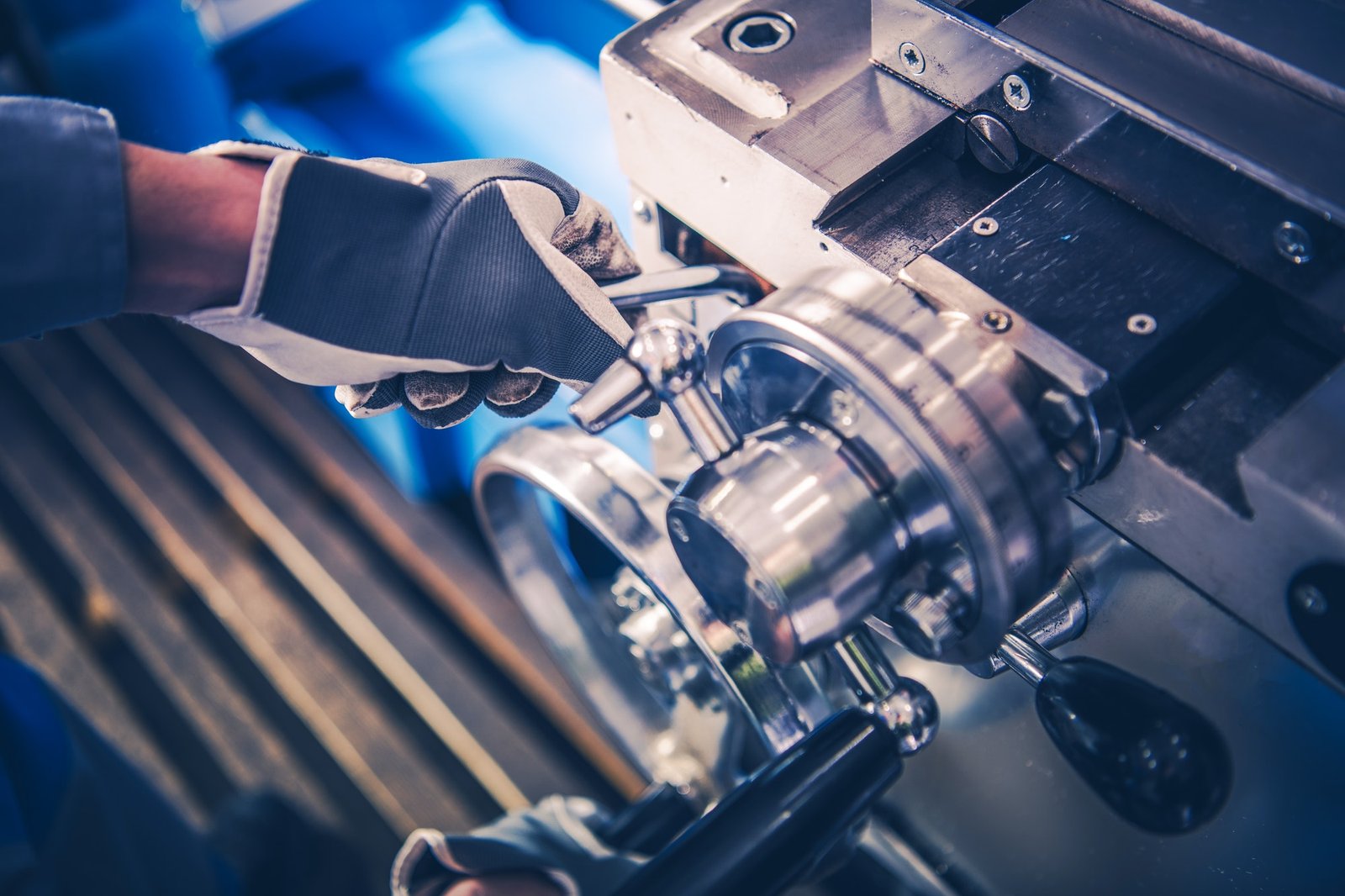In the intricate world of manufacturing, where precision is paramount, laser welding has emerged as a game-changer, transforming the way materials are joined together. This blog delves into the innovations in laser welding technology, exploring its applications, advantages, and the impact it has on enhancing precision joining processes across various industries.
Understanding Laser Welding:
Laser welding is a non-contact process that utilizes a focused laser beam to melt and join materials together. Unlike traditional welding methods, laser welding offers unparalleled precision, allowing for intricate and highly controlled welds. This technology is employed across a spectrum of materials, including metals, plastics, and even dissimilar materials.
Key Advantages of Laser Welding:
- Precision and Accuracy: Laser welding provides exceptionally precise control over the welding process, enabling the creation of fine and intricate weld seams. This precision is crucial in industries where the integrity of the weld is of utmost importance.
- High Speed and Efficiency: Laser welding operates at high speeds, significantly reducing the welding time. The efficiency of laser welding contributes to increased productivity and cost-effectiveness in manufacturing processes.
- Versatility Across Materials: Laser welding is versatile and can be applied to a wide range of materials, including metals with varying thicknesses and properties. It is particularly effective in joining dissimilar materials with different thermal conductivity.
- Reduced Heat Affected Zone (HAZ): The focused nature of the laser beam minimizes the heat affected zone, reducing the risk of distortion and damage to the surrounding material. This is crucial for applications where precision and material integrity are paramount.
- Non-Contact Process: Laser welding is a non-contact process, eliminating the need for physical contact with the materials being joined. This results in a cleaner and more controlled weld, especially in delicate or sensitive applications.
Applications Across Industries:
- Automotive Manufacturing: Laser welding is extensively used in the automotive industry for joining components such as body panels, exhaust systems, and battery modules. The precision and speed of laser welding contribute to the overall quality of automotive assemblies.
- Aerospace Industry: In aerospace, where lightweight materials and precision are critical, laser welding is employed for joining components such as aircraft structures, engine components, and fuel systems.
- Medical Device Manufacturing: Laser welding is crucial in the production of medical devices, ensuring the creation of precise and sterile welds in components such as surgical instruments and implants.
- Electronics and Microelectronics: Laser welding is employed in the electronics industry for joining microelectronic components, creating fine welds with minimal thermal impact.
Innovation in Laser Welding Technology:
The continual evolution of laser welding technology is marked by ongoing innovations:
- Fiber Laser Welding: The use of fiber lasers in welding has increased precision and flexibility. Fiber lasers allow for the delivery of laser beams over longer distances and into more confined spaces.
- Automated Laser Welding Systems: The integration of automation in laser welding systems has increased efficiency and consistency in the welding process. Automated systems enable high-volume production with minimal human intervention.
- Hybrid Laser Welding: Hybrid laser welding combines laser welding with other welding techniques, such as arc welding. This approach enhances process flexibility and is particularly useful for welding thick materials.
Conclusion:
Laser welding has transcended traditional joining methods, offering a precise, efficient, and versatile solution for manufacturers across various industries. As innovations continue to shape the landscape of laser welding technology, the potential for new applications and advancements in precision joining processes is boundless.
Embark on a journey with us as we explore the dynamic world of laser welding, uncovering the latest trends and innovations that are reshaping the future of manufacturing.





